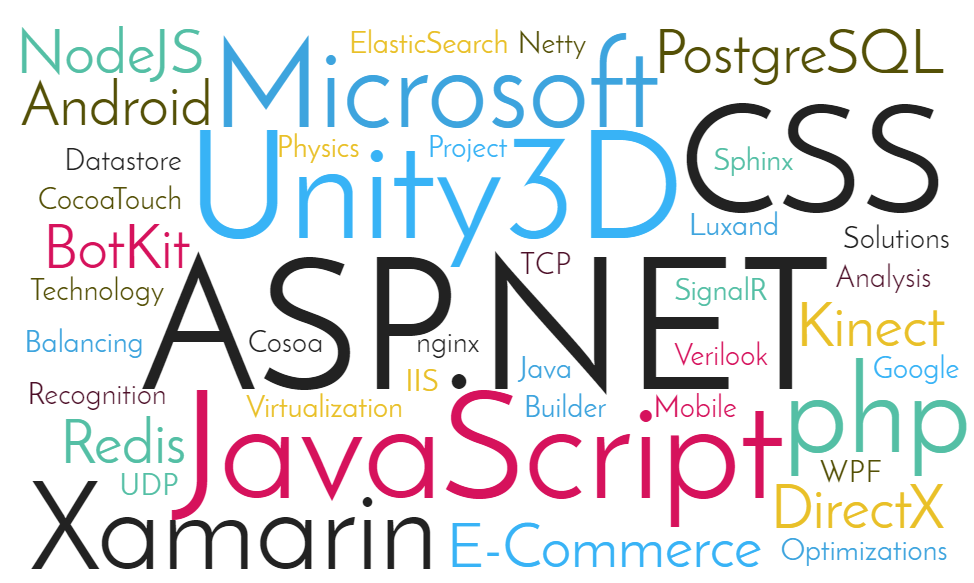
Directx c builder how to#
Understanding color blends and mastering the tricks to control the blending process is highly important and the same will be taught to you here, you will learn how to set blending states, depth implementation and coding for depth renders at the end of this section. We will discuss the alpha color and final color. At this stage, we will introduce you to the blend states and explain in detail about SRC and dest blend models. Once the rasterizer is customized to work, we will enter into DirectX color blending topics. Here we shall start by customizing a rasterizer, we achieve it by coding and few more techniques which are explained in separate lectures. Section 5: Color blendingĪfter a detailed discussion about rendering and how lighting effects rendering process flow, the next topic we bring to you is the color blending. Besides the light types and the parameters of the lights, you will also learn to edit a game H code, updating time variable and coding the matrix in this section. Here you will come to know about various types of lights you can use and understand the properties and calculations of lighting. It is during this discussion, the course enters into lighting. The source of light is what that governs how the image is rendered.


Lights are always an important part of rendering. The coding depth and creating simple models are the related lectures we will cover before diving into a new subject. Together, you will come to know about the properties that govern the depth buffer and how intended effects are achieved by tweaking with the properties. You will learn about depth rendering and understand how to set up the depth buffer. Section 4: Depth rendering and LightsĪt this point of the tutorial, we start to focus on rendering concepts in DirectX. The section culminates with a recall of the lectures and DirectX 3D. Later, we discuss translational, rotation and scaling. We shall start with scaling 3D geometry, at this point, you will learn about various methods of transformation including World transformation. The core subject dealt in the rest of the lectures in this section is the 3D transformation, you will learn about the axis in a three-dimensional platform and how understanding the axis will help you to quickly and easily transform the objects in a 3D space. Here you will start with learning vertex buffer, the topic shows to initialize buffer alignment. This section of the course demonstrates how to deal with DirectX 3D transformations and accomplish fundamental tasks in the workflow. Some other important topics covered in this section are Intro to HLSL, shader effects with pixel shader example, editing and working on shader data. Later in this section, we will discuss the rendering process, you will go through a step by step explanation about the topics covered in the pipeline. Here we will talk about the types of primitives and get into few practical lectures about drawing. You are introduced to work on multiple viewports and how to resize the panels of your viewports and shift from one panel to another while working. Going forward with the input layouts you will learn how to map the vertex structures. However, we will continue to explore new topics and features of DirectX. We will apply the knowledge which you gained in the previous section into action here. This section of the course contains 16 lectures with vast information little advanced than the previous section. Some of the topics covered in these lectures are event loops, graphic concepts, understanding 3D geometry, introduction to DirectX coding, Direct3D coding, swap chains, rendering, creating shaders and more.

You are introduced to various terminologies that are used in development eco-system. In this single section, you will come across 23 various lectures, spanning on a wide array of topics including development, designing, fundamentals, and understanding.


 0 kommentar(er)
0 kommentar(er)
